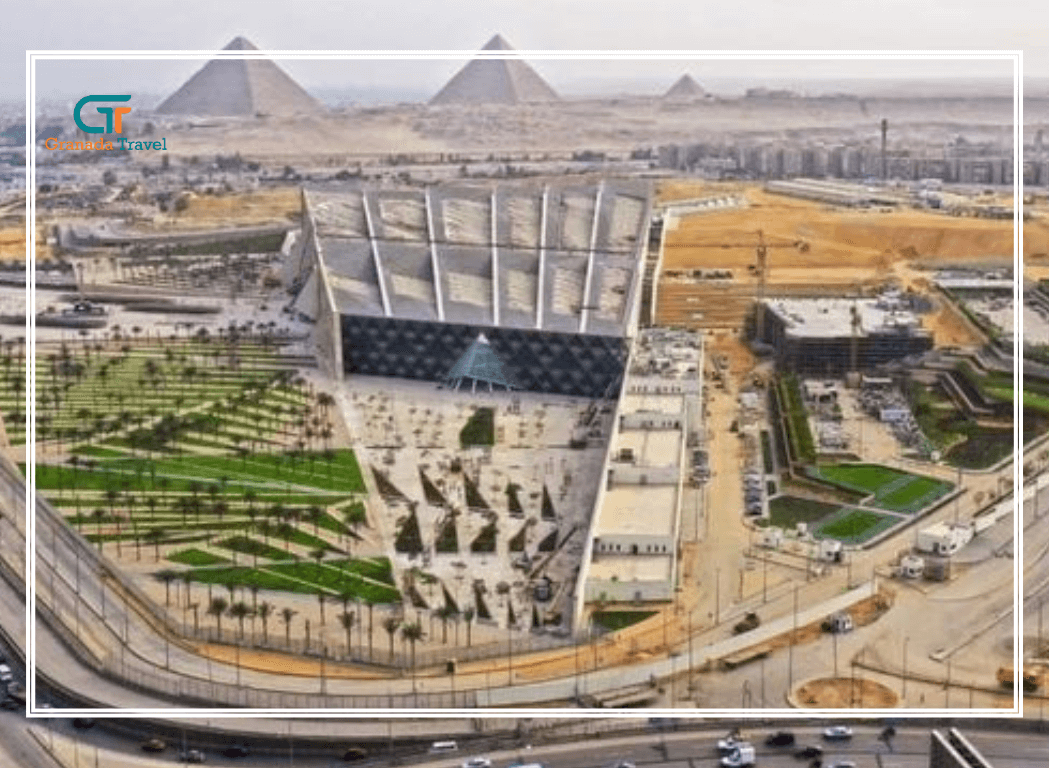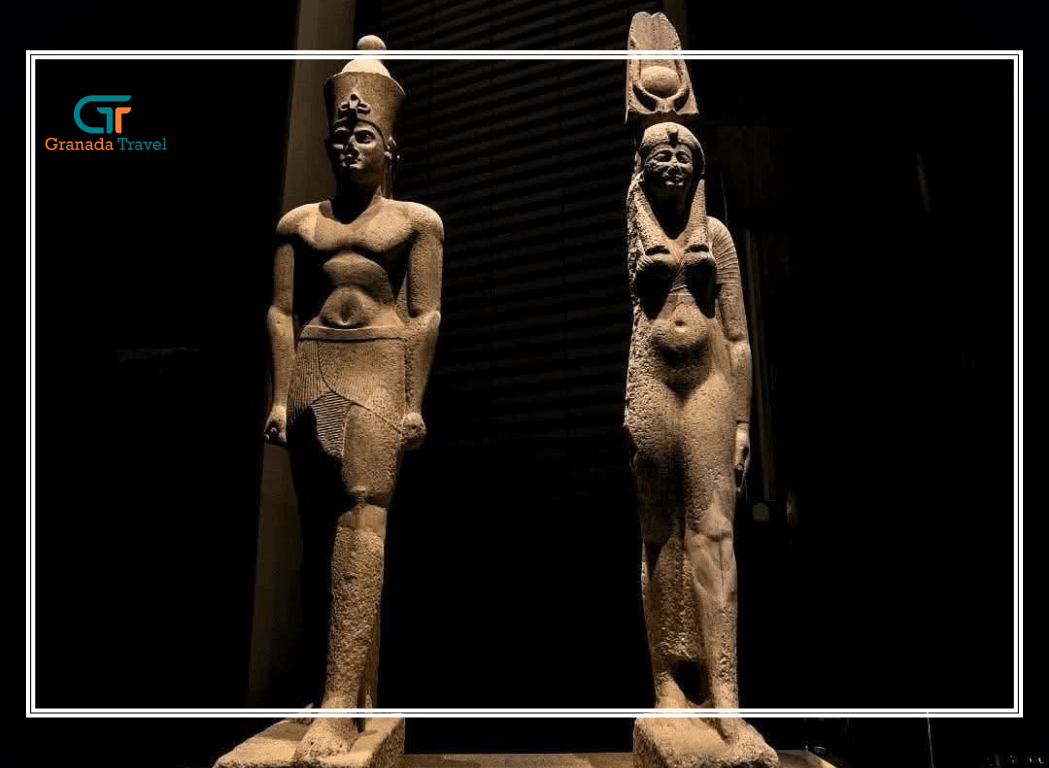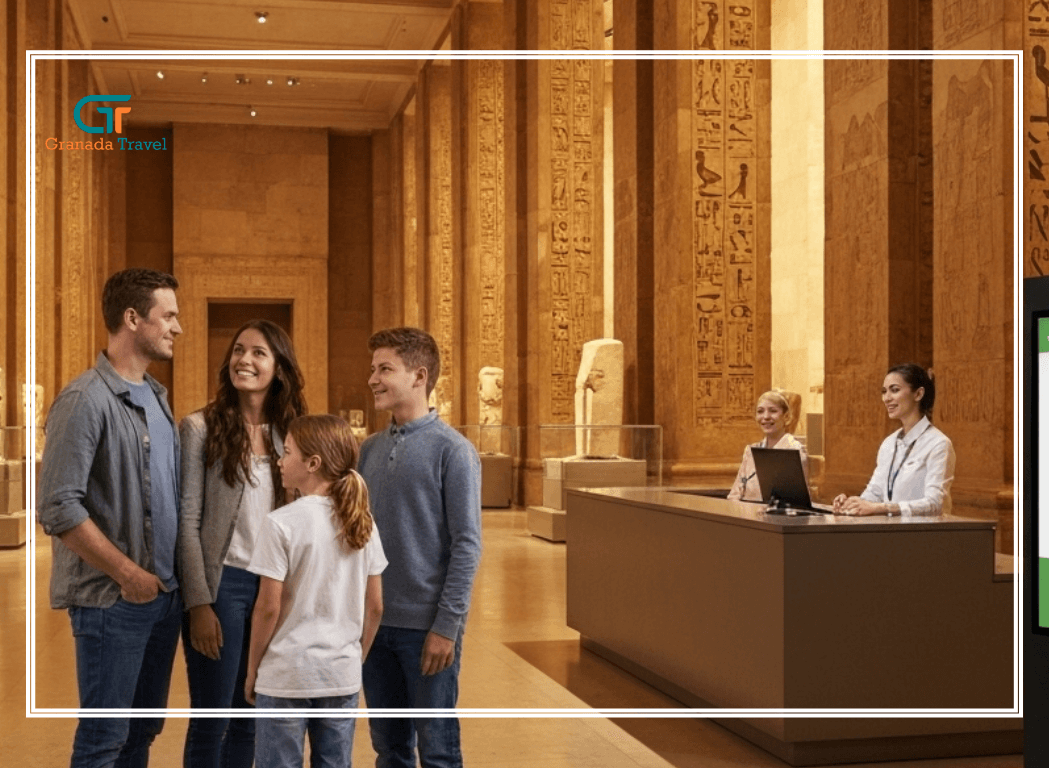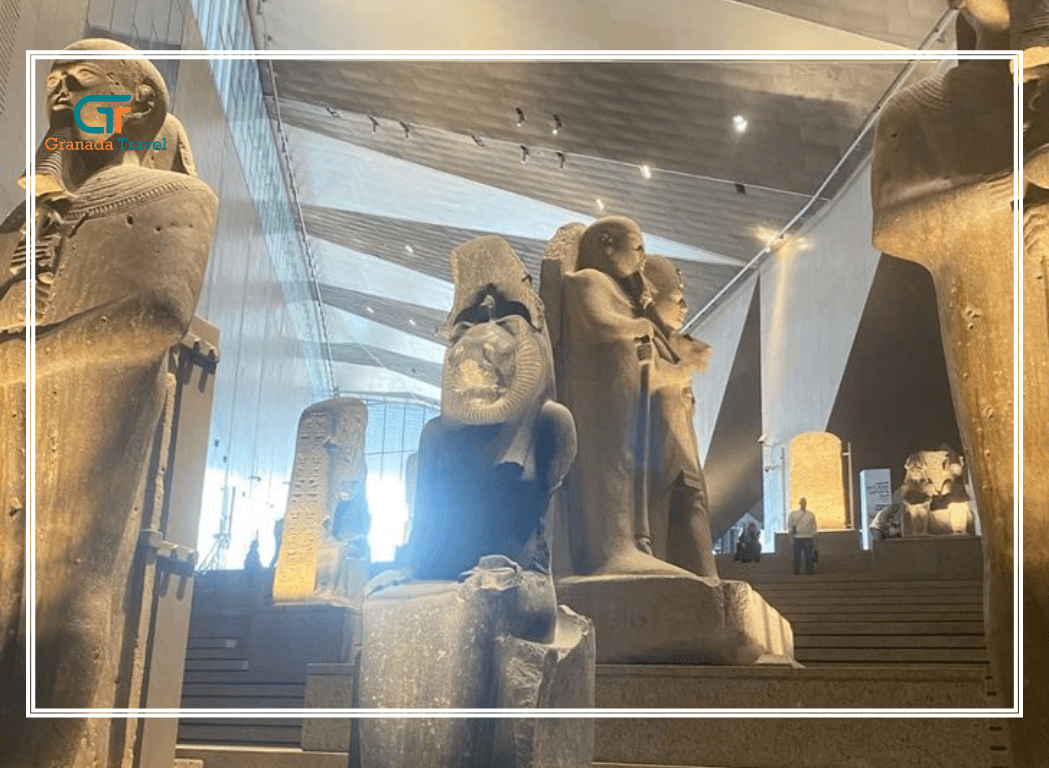
Deir El Medina: Unearthing the Lives of Ancient Egypt's Master Craftsmen
In the vast, golden expanse of the Theban Necropolis, a short distance from the grand tombs of pharaohs, lies a remarkable testament to the lives of the ordinary, yet extraordinary, people who built them. This is Deir El Medina, a meticulously preserved ancient Egyptian village that offers an unparalleled glimpse into the daily existence, hopes, fears, and artistic brilliance of the artisans who carved and decorated the royal tombs of the New Kingdom. Often overshadowed by the monumental grandeur of the Valley of the Kings, Deir el-Medina stands as a unique and invaluable historical record, revealing the human story behind the pharaonic splendor.
What is Deir El Medina? The Village of the Place of Truth
The name Deir El Medina literally translates to "Monastery of the Town," a name given in later Christian times due to the presence of a Ptolemaic temple that was converted into a monastery. Its ancient Egyptian name was "Set-Ma'at" or "Ta Set Ma'at," meaning "The Place of Truth." This epithet perfectly encapsulates its purpose: it was the home of the "Servants in the Place of Truth," the highly skilled craftsmen, artists, and scribes responsible for constructing and adorning the royal tombs in the nearby Valley of the Kings and Valley of the Queens.
Established at the beginning of the 18th Dynasty, around 1550 BCE, the village flourished throughout the New Kingdom, particularly during the 19th and 20th Dynasties. Its strategic Deir el-Medina location, nestled in a desert valley on the west bank of the Nile, opposite modern-day Luxor (ancient Thebes), allowed for easy access to the royal necropolises while maintaining a degree of isolation for the specialized workforce. This isolation was crucial for security and to keep the secrets of the royal tombs safe.
Why is Deir el-Medina significant? A Window into Daily Life
The significance of Deir El Medina cannot be overstated. Unlike most ancient Egyptian sites that focus on temples, tombs, and the lives of the elite, Deir El Medina ancient Egypt provides a rich tapestry of information about common people. The sheer volume of archaeological finds, particularly the Deir El Medina ostraca, has allowed Egyptologists to reconstruct the daily lives of these workers in unprecedented detail.
These ostraca –flakes of limestone or pottery used as writing surfaces– served as everything from shopping lists and work rotas to legal documents, letters, literary texts, and even satirical drawings. They shed light on various aspects of life, including their economic transactions, family disputes, medical ailments, religious beliefs, and even their humor. This abundance of textual evidence, combined with the remarkably preserved village and its necropolis, makes Deir El Medina an invaluable resource for understanding the social, economic, and cultural fabric of ancient Egypt beyond the royal court.
Who was the Founder of Deir el-Medina?: Establishing a Specialized Community
While the exact "founder" in the singular sense isn't explicitly named in all historical accounts, the establishment and significant reorganization of Deir el-Medina are often attributed to the early 18th Dynasty pharaohs, with some sources pointing to Horemheb's officials in the late 18th Dynasty playing a crucial role in its structure and administration around 1325 BCE. Thutmose I is also mentioned in relation to the initial enclosure wall. The village was a carefully planned settlement, designed to house and support the specialized workforce necessary for the monumental task of constructing royal burial places. This was not a haphazard collection of dwellings but a dedicated community built for a specific, vital purpose.
Deir E Medina Houses: A Glimpse into Domestic Life
The Deir El Medina houses are a particularly fascinating aspect of the site. Enclosed within a mud-brick wall, the village was divided by two main parallel streets from which rows of deep, narrow houses extended. These mud-brick homes, often with stone foundations, typically shared walls with their neighbors. They usually consisted of an entrance room, often with a niche for domestic shrines, a main living area, a sleeping chamber, and a kitchen at the back. Staircases led to flat roofs, which served as additional living or working space, especially during cooler evenings. Some houses even had small cellars for storage.
Despite their modest size, these Deir El Medina houses reflect a structured and organized community. The uniformity in their basic layout speaks to a communal approach to living, while variations in internal decoration and furnishings hint at the individual personalities and relative prosperity of their inhabitants. The close-knit nature of the community is evident in the shared walls and the layout encouraging interaction.
The Tombs of Workers: A Personal Legacy of Art
Perhaps one of the most stunning features of Deir el-Medina is its necropolis, specifically the tombs of workers. Located on the slopes behind the village, these private tombs, though much smaller than those in the Valley of the Kings, are masterpieces of New Kingdom art. Unlike the royal tombs, which primarily depicted scenes related to the afterlife and the pharaoh's journey, the Deir El Medina tombs offer intimate and personal portrayals of the deceased and their families.
Who was buried in Deir el-Medina? The artisans themselves, along with their wives and children. These highly skilled craftsmen, who spent their lives decorating the tombs of kings, applied their talents to their own eternal resting places. The scenes within these tombs of the pyramid workers depict daily life, religious rituals, offerings to deities, and joyous banquets, providing a vibrant window into their beliefs and aspirations. Notable Deir el-Medina tombs include those of Sennedjem (TT1), Pashedu (TT3), and Inerkhau (TT299), all celebrated for their exquisite and well-preserved paintings. These tombs serve as a poignant reminder that even "ordinary" people in ancient Egypt meticulously prepared for the afterlife, expressing their piety and their hopes for eternal bliss through art.
The Deir El Medina Ostraca: Voices from the Past
The thousands of Deir El Medina ostraca discovered at the site are truly a treasure trove for Egyptologists. These everyday jottings reveal an astonishing level of literacy within the community. Beyond administrative records and legal documents, the ostraca include:
- Work records: Detailing tasks, attendance, and even instances of strikes, offering insights into labor relations.
- Literary texts: Copies of proverbs, hymns, and stories, demonstrating a rich intellectual life.
- Medical texts: Prescriptions and remedies, shedding light on ancient Egyptian medicine.
- Private letters: Personal correspondence between family members and friends, offering intimate glimpses into their relationships and concerns.
- Artistic sketches: Practice drawings by the artisans, showcasing their developing skills and even humorous caricatures.
These ostraca provide a remarkably human perspective, allowing us to hear the voices of individuals who lived thousands of years ago, grappling with challenges and celebrating joys that resonate even today.
The Temple of Deir el-Medina: A Sacred Space for the Community
To the north of the village, standing prominently, is the Temple of Deir el-Medina. Originally dedicated to the goddesses Hathor and Ma'at, this Ptolemaic-era temple was built in the 3rd century BCE and later expanded. Its presence underscores the deep religious devotion of the community, who worshipped a pantheon of gods and goddesses, including Amun-Re, Osiris, Isis, and especially Meretseger, the serpent goddess who guarded the Theban Necropolis. The temple served as a focal point for communal rituals and personal piety, where villagers could seek divine guidance and offer prayers.
Deir el-Medina: A Life of Labor and Leisure
Life in Deir el-Medina revolved around the demanding work of tomb construction. The workmen typically worked for eight days out of every ten, with two days off for rest, personal tomb building, or earning extra income through various trades. Despite the arduous nature of their primary occupation, the villagers enjoyed a relatively comfortable lifestyle compared to many other Egyptians, receiving provisions from the state.
The Deir el-Medina map of the village reveals a compact and organized settlement, reflecting the close-knit community. Beyond their demanding work, the people of Deir el-Medina engaged in various leisure activities, including hunting, fishing, and board games. Trade was also prevalent within the village, with residents exchanging goods like food, clothing, and even alcohol.
Their legal system was also remarkably well-documented through the ostraca, showcasing a community that often settled disputes through local courts and relied on oracles for guidance. The level of detail from Deir el-Medina ostraca regarding their judicial processes is unique in ancient Egyptian studies.
Deir El Medina Photos: Bringing the Past to Life
Modern photography has been instrumental in preserving and sharing the wonders of Deir el-Medina. Countless Deir El Medina photos are available, showcasing the village's layout, the intricate details of the houses, and the vibrant artistry within the tombs. These images allow visitors, both virtual and physical, to appreciate the scale and the intimate details of this extraordinary site. From wide shots of the desert landscape to close-ups of hieroglyphs and colorful tomb paintings, Deir El Medina photos bring the ancient world to life.
Discover the stunning tomb of Ramses VI and its celestial ceiling.
Is Deir el-Medina worth visiting? Absolutely.
For anyone interested in ancient Egypt, beyond the grand monuments, Deir el-Medina is an absolute must-visit. It offers a unique and intimate perspective on the lives of the people who shaped this magnificent civilization. The ability to walk through the remains of their homes, explore their personal tombs, and imagine their daily routines is an unparalleled experience. The site provides a profound sense of connection to the human side of ancient Egypt, making it incredibly enriching.
The compact nature of the site means that it can be explored thoroughly, allowing for a deeper understanding than larger, more spread-out archaeological areas. The relatively small number of visitors compared to other major sites also contributes to a more contemplative and personal experience.
How Old is Deir el-Medina? A Millennium of History
The origins of Deir el-Medina date back to the early 18th Dynasty (around 1550 BCE), making it over 3,500 years old. It thrived throughout the New Kingdom, encompassing the 18th, 19th, and 20th Dynasties, before being gradually abandoned by the end of the Ramesside period, around 1069 BCE. Despite its abandonment, the site continued to be used for burials and religious devotion in later periods, including the Ptolemaic and Roman eras, which further adds to its rich historical layers.
Deir el-Medina Reviews: A Consistently High Recommendation
Visitors consistently give high Deir el-Medina reviews, praising its unique insights into ancient Egyptian daily life, the stunning preservation of the village and tombs, and the profound human connection it offers. Many describe it as a highlight of their trip to Egypt, often citing the vivid tomb paintings and the palpable sense of history as key takeaways. Its intimate scale and the wealth of information available make it a truly rewarding destination.
Connecting the Dots: Deir el-Medina and the Theban Necropolis
Deir el-Medina is inextricably linked to the broader landscape of ancient Thebes. The craftsmen who lived here were responsible for the creation of the royal tombs in the Valley of the Kings, where pharaohs like Ramesses VI were laid to rest. Their expertise was also critical for the grand temple complexes like Medinet Habu and the sprawling Karnak Temple, though their direct involvement with the latter was less about construction and more about the religious and artistic influences that permeated all aspects of Theban life. Exploring Deir el-Medina provides essential context for understanding the sheer scale of the artistic and engineering endeavors undertaken in the Theban Necropolis as a whole.
In conclusion, Deir el-Medina is far more than just another archaeological site in Egypt. It is a vibrant, living testament to the skilled hands and keen minds that shaped the face of ancient Egypt. Through its remarkably preserved Deir el-Medina houses, its personal Deir el-Medina tombs, and the invaluable Deir El Medina ostraca, this ancient village continues to unveil the rich and complex lives of the "Servants in the Place of Truth," offering a unique and deeply human perspective on one of history's most fascinating civilizations. A visit to Deir El Medina is not just a journey into the past; it's an encounter with the everyday extraordinary.
[cta-actions]





